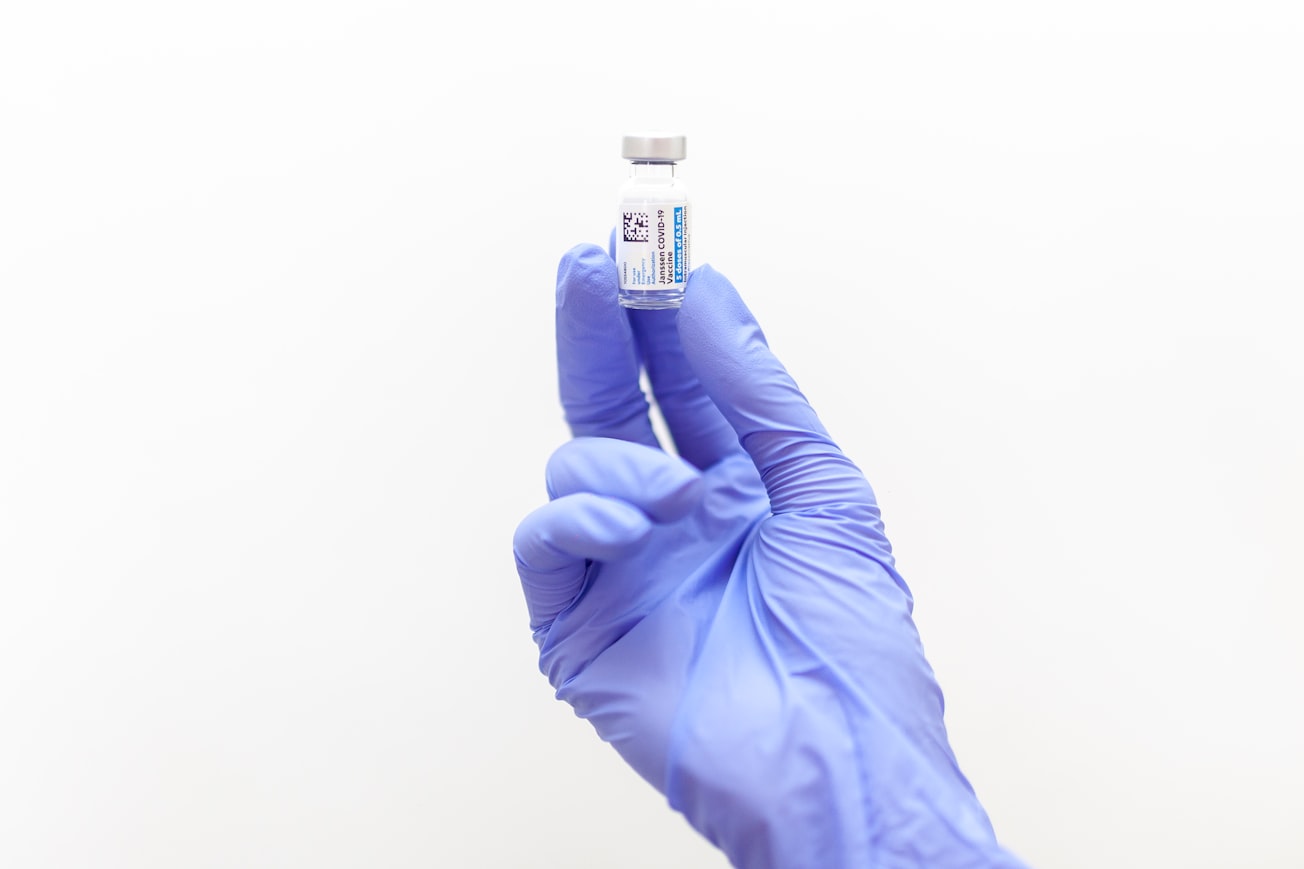What is it about?
iBOIN-ET is a dose finding design that takes both toxicity and efficacy endpoints into consideration and that facilitates information borrowing from available historical or real-world data. This work is very relevant to immuno-oncology and cell therapy dose-finding trials.
Featured Image

Photo by Mohammad Shahhosseini on Unsplash
Why is it important?
Existing efficacy and toxicity driven designs often use weakly informative prior that can be improved. Immuno-oncology and cell therapy have very competitive development landscape, thus it is not uncommon that there is data available in the similar mechanism of action and population of interest before sponsor designs a new phase I trial. Considering the small sample size, patient enrollment challenge, and high variability in cell therapy, it will be more efficient if we can borrow information from prior studies to improve the efficiency and accuracy of dose finding designs. Thus, we propose iBOIN-ET design that incorporates historical study information into BOIN-ET design through the concepts of skeleton and prior effective sample size using Bayesian inference to improve trials efficiency and accuracy.
Read the Original
This page is a summary of: Incorporating historical information to improve dose optimization design with toxicity and efficacy endpoints:
iBOIN‐ET, Pharmaceutical Statistics, December 2022, Wiley,
DOI: 10.1002/pst.2281.
You can read the full text:
Contributors
The following have contributed to this page








